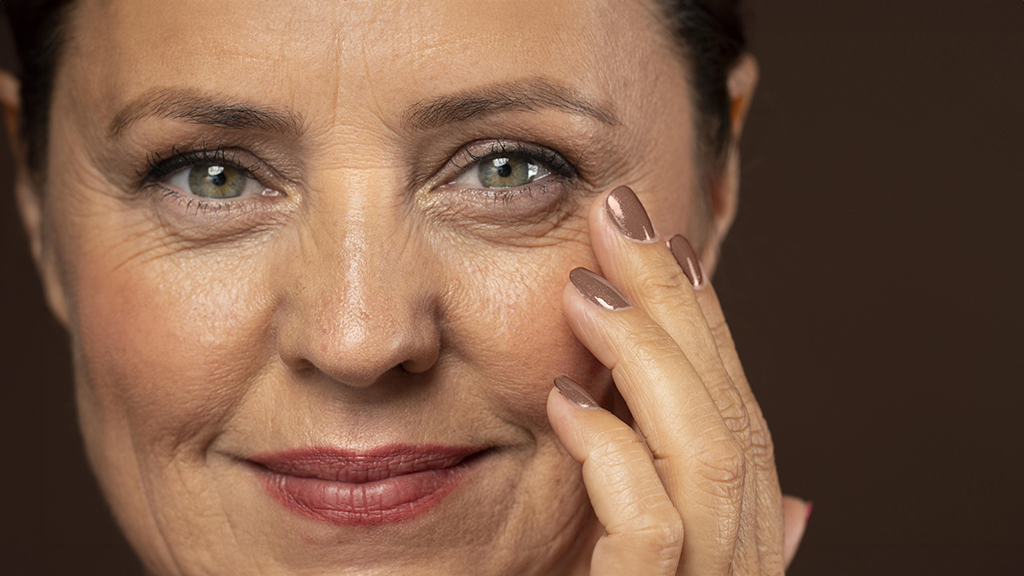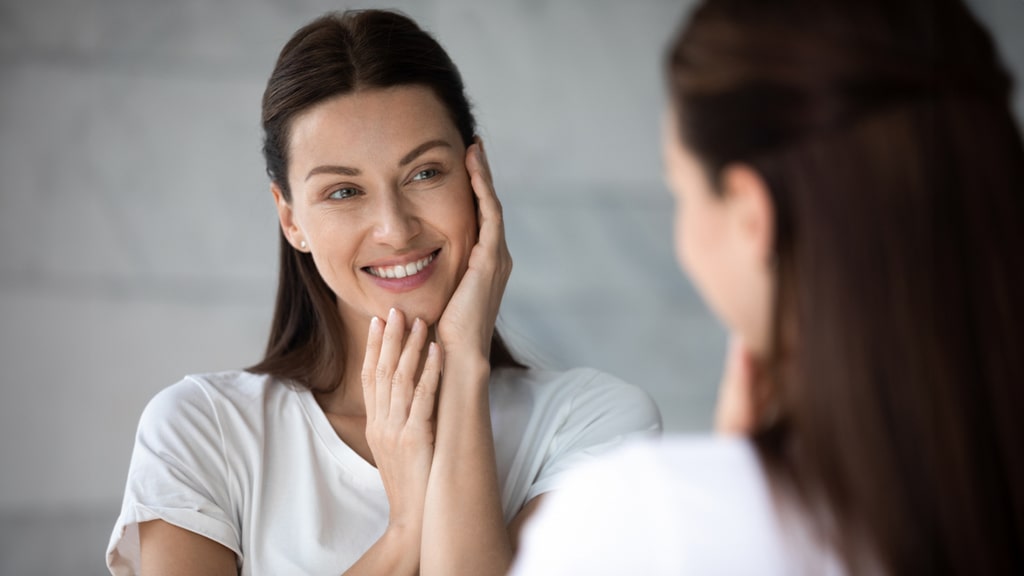Risks and Complications of Non-Ablative Laser Skin Rejuvenation Procedure
Every procedure involves a certain amount of risk, and it is important that you understand these risks and the possible complications associated with them. In addition, every procedure has limitations. An individual’s choice to undergo a procedure is based on the comparison of the risk to potential benefit. Although the majority of patients do not experience these complications, you should discuss each of them with your laser practitioner to make sure you understand all possible consequences of photorejuvenation.
Infection – Infection following treatment is quite unusual, but bacterial, fungal, and viral infections can occur. Herpes simplex virus infections around the mouth can be stimulated by laser treatment.
This applies to both individuals with a past history of herpes simplex virus infections and individuals with no known history of herpes simplex virus infections in the mouth area. Should any type of skin infection occur, additional skin treatments or medical antibiotics may be necessary.
Burns – Laser energy can produce burns. Adjacent structures including the eyes may be injured or permanently damaged by the laser beam. Burns are rare yet represent the effect of heat produced within the tissues by laser energy. Additional treatment may be necessary to treat laser burns.
Accutane (Isotretinoin) – Accutane is a prescription medication used to treat certain skin diseases. If you have ever taken Accutane, you should discuss this with your practitioner. This drug may impair the ability of the skin to heal following treatments for a variable amount of time even after the patient has ceased taking it. Individuals who have taken this drug are advised to allow their skin adequate time to recover from Accutane before undergoing laser treatment procedures.
Scarring – Since laser pulses create energy that can be absorbed by the skin as well as hair, there is a small chance of scarring. To minimize the chances of scarring, it is IMPORTANT that you follow all post-treatment instructions carefully.
Pigment or Colour Change – Non-ablative laser skin rejuvenation may potentially change the natural colour of your skin. There is the possibility of irregular colour variations within the skin including areas that are both lighter and darker. A line of demarcation between normal skin and skin treated with lasers can occur.
Discomfort – Some mild discomfort may be experienced during laser treatments. The sensation of the laser is like a rubber band snapping against the skin. Anaesthesia is usually not necessary as the laser uses a cooling device that delivers a spray to the surface of the skin with the laser pulse is delivered.
Fragile Skin – The skin at or near the treatment area may become fragile. To avoid tearing, this area may not be rubbed or abraded, nor should makeup be applied to the area while this fragile condition exists.
Redness / Bruising – Bruising of the treated area is rare but may occur. Additionally, there may be some redness. Redness and bruising in the treated area usually subside within several days.
Excessive Swelling – Immediately after treatment, especially when the treatment involves the cheeks or upper lip, swelling may occur. This condition is temporary, not harmful, and usually subsides within a few hours and in some cases in 2 to 3 days.
Allergic reactions – Although very rare, they may occur. Local skin allergies to topical preparations, tape, or preservatives used in cosmetics can occur.
Visible Skin Patterns – Non-ablative laser skin rejuvenation may produce visible patterns within the skin. The occurrence of this is not predictable.
Damaged Skin – Skin that has been previously treated with chemical peels or dermabrasion, or damaged by burns, electrolysis (hair removal treatments), or radiation therapy may heal abnormally or slowly following treatment by lasers or other surgical techniques. The occurrence of this is not predictable. Additional treatment may be necessary. If you have ever had such treatments, you should inform your laser practitioner.
Hair loss – Loss of hair can occur in the treated area and may be permanent.
Superficial Wound – A crust or blister may occur on the exposed area. This may require one to three weeks to heal. Once the surface has healed, it may be pink or sensitive to the sun for an additional two to four weeks, or longer in some patients.
Skin Sensitivity – Itching, tenderness, or exaggerated responses to hot or cold temperatures may occur. Usually, this resolves during healing, but in rare situations, it may be chronic.
Unsatisfactory Result – Although good results are expected, there is no guarantee or warranty expressed or implied, on the results that may be obtained. You may be disappointed with the results of the treatment.
Unknown Risks – There is the possibility that additional risk factors of laser skin resurfacing treatments may be discovered.
Treatments – The number of treatments may vary. The number of treatments needed to clear your condition is unknown.
ADDITIONAL ADVISORIES
Smoking, Nicotine Products (Patch, Gum, Nasal Spray) – Patients who are currently smoking or use tobacco or nicotine products (patch, gum, or nasal spray) are at a greater risk for treatment complications of healing and additional scarring. Smoking may also affect the outcome of the procedure.
Skin Cancer / Skin Disorders – Non-ablative laser skin rejuvenation procedures may not offer protection against developing skin cancer or skin disorders in the future.
Patch test – During your initial consultation you will be required to undergo a ‘patch test’ prior to commencing your laser treatment. The purpose of the patch test is to test your skin for any sensitivity from the laser and to determine a safe and effective setting of the laser for your skin type. We will advise you during your patch test how long to wait before undergoing your first laser treatment to ensure there is no adverse reaction.
Eye Exposure – While there is a risk of inadvertent harmful eye exposure to laser treatments, safeguards have been provided including the use of protective eyewear during treatment. It is important that you always keep the protective goggles on during the treatment.
Sun Exposure – Direct or Tanning beds – The effects of the sun are damaging to the skin. Exposing the treated areas to the sun may result in increased scarring, colour changes, and poor healing. Patients who tan, either outdoors or in a salon, should inform their laser practitioner and either delay treatment, or avoid tanning until the laser practitioner says it is safe to resume. The damaging effect of sun exposure occurs even with the use of sunblock or clothing coverage.
Female Patient Information – It is important to inform your laser practitioner if you use birth control pills, estrogen replacement, or if you suspect you may be pregnant.
For details about procedures and treatments or for a consultation, advice and prices from our Dubai clinic please call +971 4 431 2396 or use our online form.


